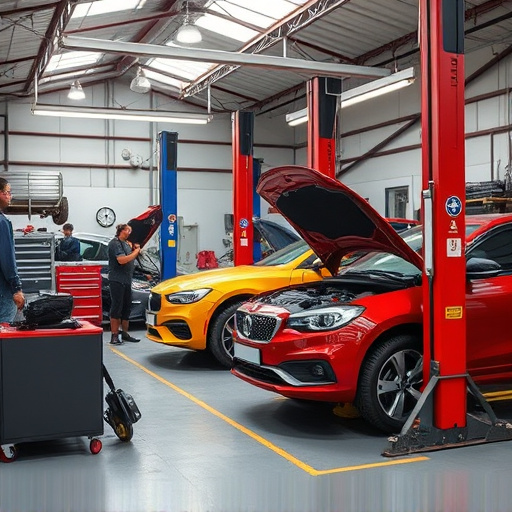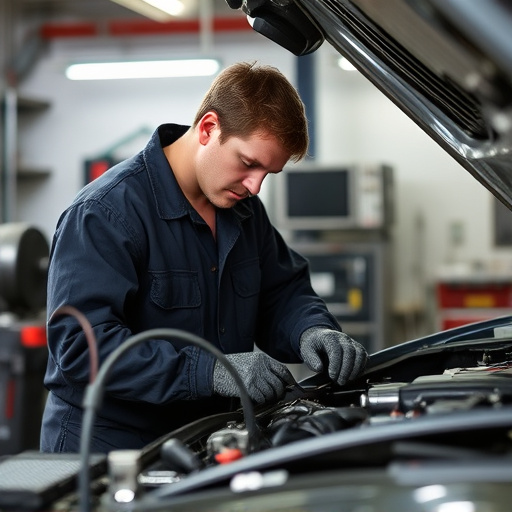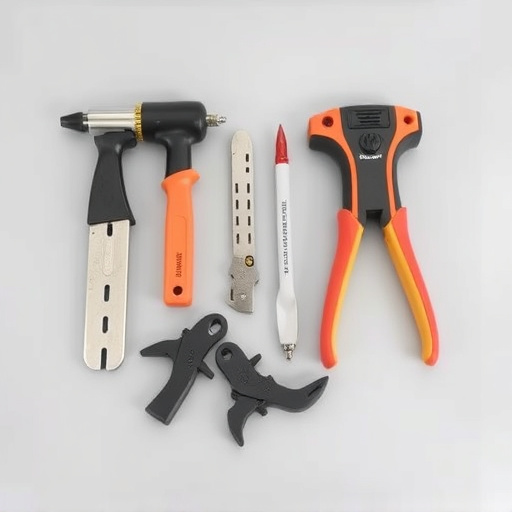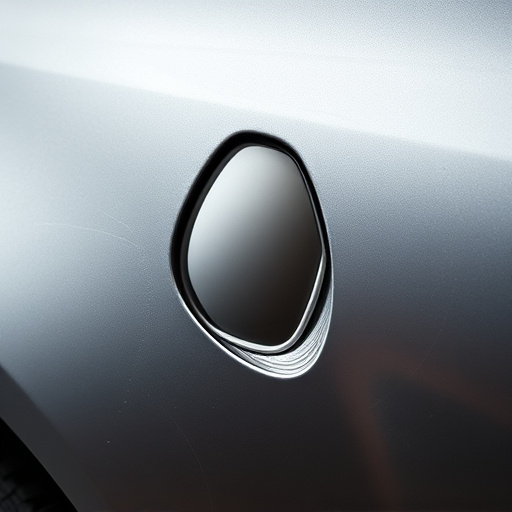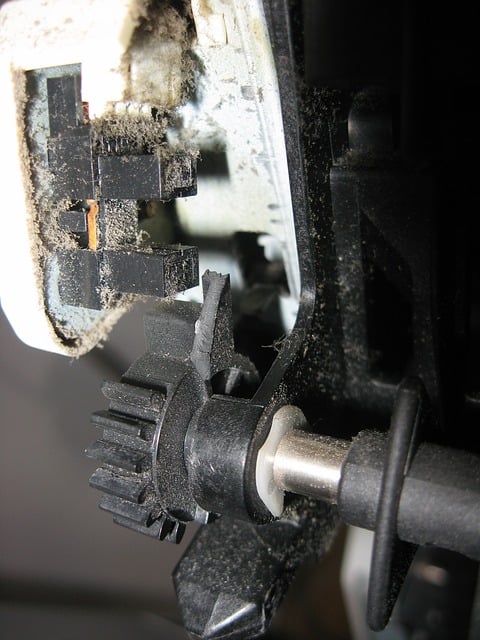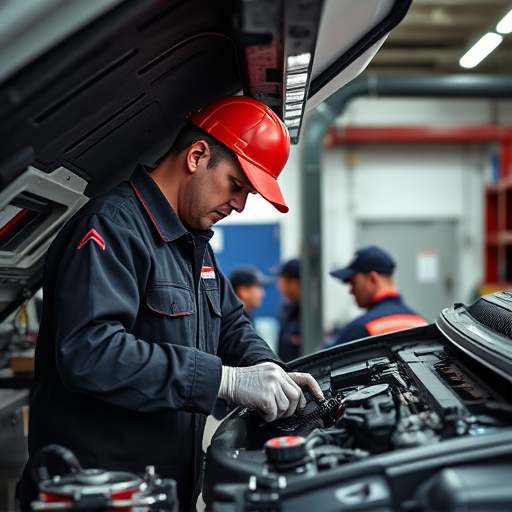Structural repair precision is vital for vehicle safety, performance, and longevity, especially in body repairs and tire services. It involves meticulous restoration of all structural components to ensure hidden elements crucial for driving safety are stabilized post-accident. In industries like automotive and construction, precise repairs prevent catastrophic failures, mitigate legal risks, and maintain public trust. While achieving precision can increase costs, innovative strategies such as advanced technologies and eco-friendly practices enable professionals to balance visual appeal and structural soundness, exceeding client expectations and establishing reputations for excellence.
The quality and safety of structural repairs are paramount in ensuring the longevity and integrity of buildings. However, achieving precise structural repair precision is a delicate balance, with implications reaching beyond construction quality. This article delves into the intricate relationship between structural repair precision and liability, exploring how meticulous craftsmanship can mitigate legal risks. We examine real-world scenarios where repairs fell short, highlighting the importance of professional strategies to navigate the challenges of cost, precision, and legal responsibilities in the built environment.
- Understanding Structural Repair Precision: The Cornerstone of Quality and Safety
- Liability Implications: When Repairs Fall Short
- Balancing Precision, Cost, and Legal Responsibilities: Strategies for Professionals
Understanding Structural Repair Precision: The Cornerstone of Quality and Safety

Understanding Structural Repair Precision: The Cornerstone of Quality and Safety
Structural repair precision is a fundamental aspect that underpins the quality and safety of vehicle restoration, particularly in cases involving car body repair or even tire services. It refers to the exactness and meticulousness employed when addressing structural damage, ensuring every component is accurately aligned and restored to its original integrity. This level of precision is critical, especially in collision centers where repairs not only fix visible dents but also stabilize hidden structural elements that affect driving safety.
A high degree of structural repair precision translates into enhanced vehicle performance, longevity, and overall driving experience. It means that after a crash or accident, the car retains its original stability, handling dynamics, and safety features. This is achieved through advanced techniques, specialized tools, and highly trained technicians who understand the intricate interplay of various parts in a vehicle’s structure. By adhering to strict precision standards, collision centers can provide not just aesthetically pleasing repairs but also ensure the structural integrity vital for the well-being of drivers and passengers.
Liability Implications: When Repairs Fall Short
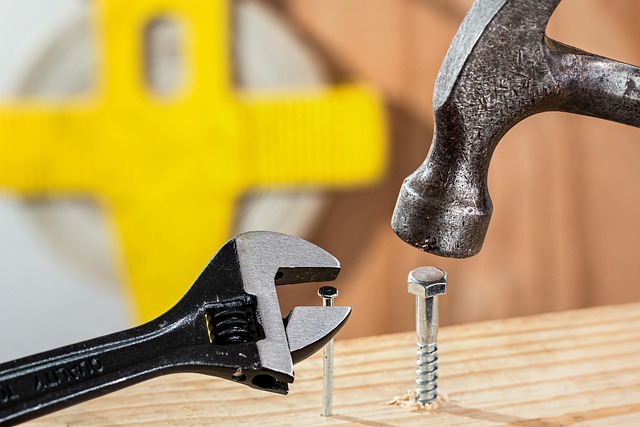
When structural repairs fall short of the required precision, it can have significant liability implications. In industries such as construction and automotive, where safety is paramount, even minor deviations from the intended design or specifications can lead to catastrophic failures. For instance, in a collision center or collision repair shop, if a paintless dent repair is not executed with meticulous care, it might compromise the structural integrity of the vehicle, leading to further damage during future accidents.
This can result in severe legal repercussions for the responsible parties, including financial compensation for injuries or property damage caused by the defective repairs. Moreover, negligence in structural repair precision can erode public trust, particularly if similar issues recur, potentially affecting the reputation of the collision center or repair shop. Therefore, maintaining high standards of precision in all aspects of structural repairs is not just a matter of quality control but also a critical factor in mitigating legal risks and ensuring customer satisfaction.
Balancing Precision, Cost, and Legal Responsibilities: Strategies for Professionals
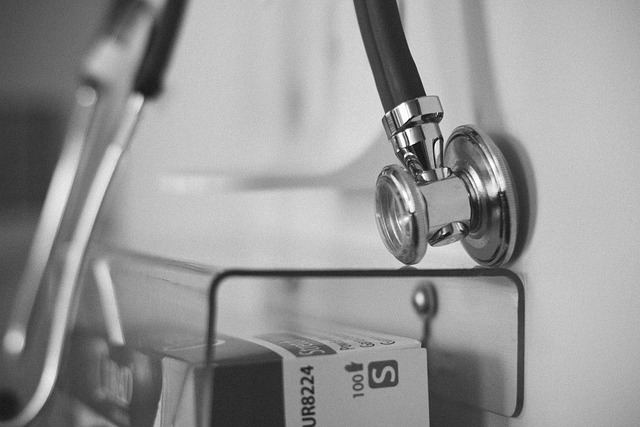
In the realm of structural repairs, achieving precision is paramount to ensuring both structural integrity and aesthetic appeal. However, balancing this meticulousness with cost-effectiveness and legal responsibilities presents a complex challenge for professionals. On one hand, exceeding expectations in repair precision can enhance client satisfaction and build a reputation for excellence. Yet, prioritizing precision may incur higher costs, requiring strategic pricing models that reflect the value added without becoming a financial burden.
To navigate this delicate equilibrium, professionals must adopt innovative strategies. For instance, leveraging advanced technologies like laser measuring tools or 3D printing for precise part replacements can streamline processes and reduce material waste. Similarly, adopting eco-friendly practices, such as utilizing sustainable materials or implementing paintless dent repair techniques (a popular method in automotive repair and car repair services), can lower costs while meeting precision standards. By combining technical prowess with cost-conscious approaches, structural repair specialists can uphold their commitment to excellence while managing liability concerns.
Structural repair precision is not just a matter of technical expertise; it’s a critical balance that professionals must strike to ensure quality and safety while managing legal responsibilities. By understanding the liability implications of repairs falling short, construction experts can adopt strategies to enhance precision, control costs, and mitigate risks effectively. Ultimately, prioritizing structural repair precision becomes a game-changer in fostering trust among clients and ensuring the longevity of built environments.
